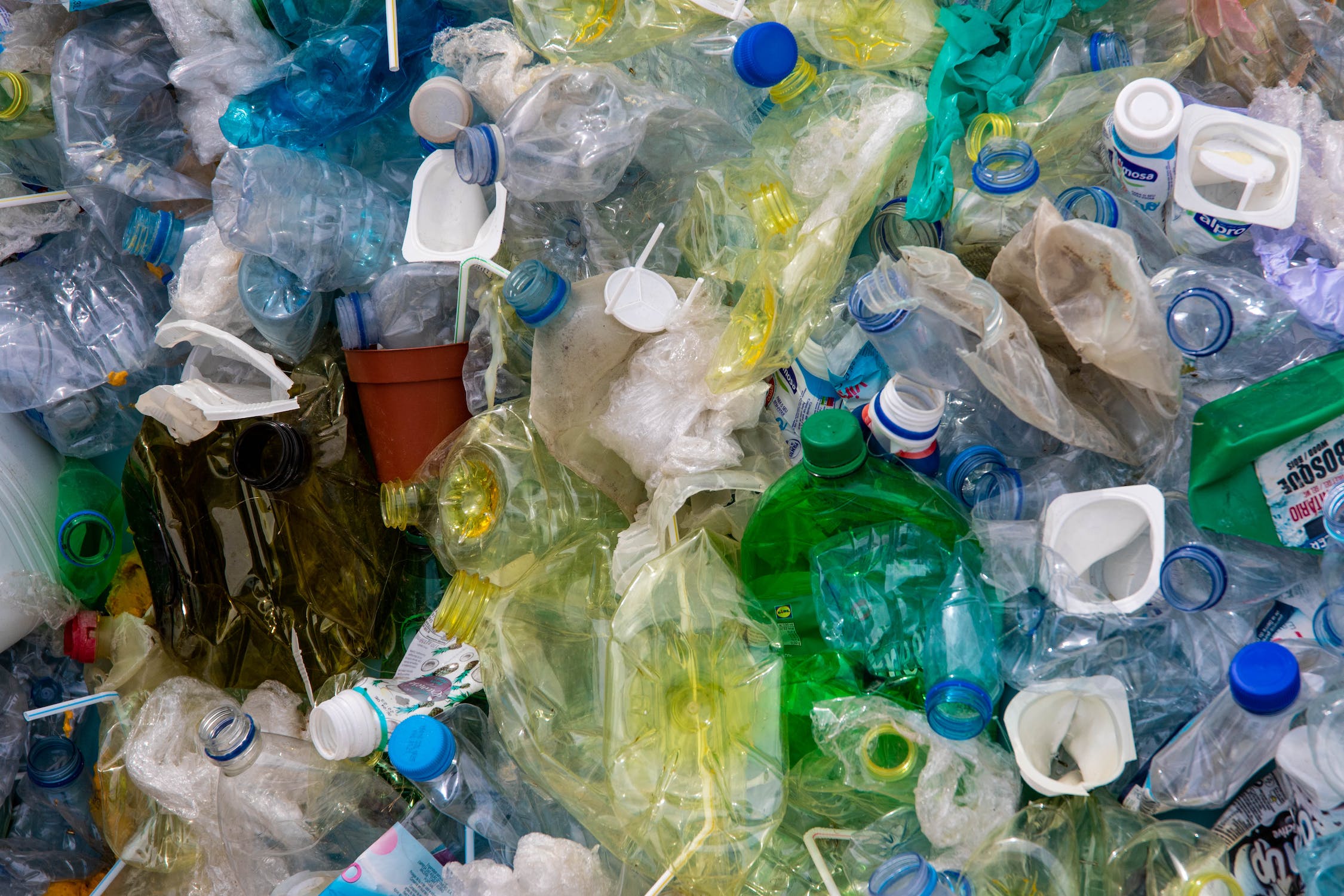Plastic waste is an untapped resource that can be recycled and processed into new plastics and other products.
Plastic pollution is an existential threat to biodiversity worldwide both on land and in water and plenty of it comes in the form of polyethylene, the most widely used plastic in the world.
Yet a solution for accumulating polyethylene waste is in the works thanks to scientists at the University of Adelaide who have developed a way of reusing it as a feedstock and converting it into valuable chemicals. They have done so via sunlight-driven photocatalysis and, if scaled up, their process could greatly reduce the amounts of polyethylene waste, much of which ends in landfills and discarded holus-bolus, thereby polluting the environment. At the same time, it could also boost circularity.
“Plastic waste is an untapped resource that can be recycled and processed into new plastics and other commercial products,” says Shizhang Qiao, director of the Centre for Materials in Energy and Catalysis at the university’s School of Chemical Engineering.
The scientist explains that his team has “upcycled polyethylene plastic waste into ethylene and propionic acid with high selectivity using atomically dispersed metal catalysts.” A oxidation method with photocatalysis at a room temperature was then employed to convert the waste into valuable products.
Ethylene is an important chemical feedstock that can be further processed into a variety of industrial and daily products. Propionic acid, meanwhile, has antiseptic and antibacterial properties, which make it a similarly highly sought chemical.
The low temperature in the new process is an important factor as chemical recycling of PE waste is currently operated at temperatures greater than 400 degrees Celcius that result in complex chemical compositions. “Nearly 99 per cent of the liquid product is propionic acid, alleviating the problems associated with complex products that then require separation. Renewable solar energy was used rather than industrial processes that consume fossil fuel and emit greenhouse gases,” Qiao stresses.
“This waste-to-value strategy is primarily implemented with four components, including plastic waste, water, sunlight and non-toxic photocatalysts that harness solar energy and boost the reaction. A typical photocatalyst is titanium dioxide with isolated palladium atoms on its surface,” he adds.
Polyethylene is used widely in consumer products from disposable food packaging to shopping bags, which contributes to its being the most common form of plastic waste worldwide. The newly developed method can be part of the solution to eliminating such waste before it ends up in landfills from where it often escapes into the environment, including bodies of water.
“Catalytic recycling of PE waste is still in early development and is practically challenging because of chemical inertness of polymers and side reactions arising from structural complexities of reactant molecules,” the scientist cautions.
However, the reseach is pointing the way forward towards “a green and sustainable solution to simultaneously reduce plastic pollution and produce valuable chemicals from waste for a circular economy,” Qiao adds.
This story first appeared on Sustainability Times
Photo: Pexels/Magda Ehlers
© 2023 Sustainability Times.
This article is licensed under a Creative Commons Attribution-ShareAlike 4.0 SA International License.












